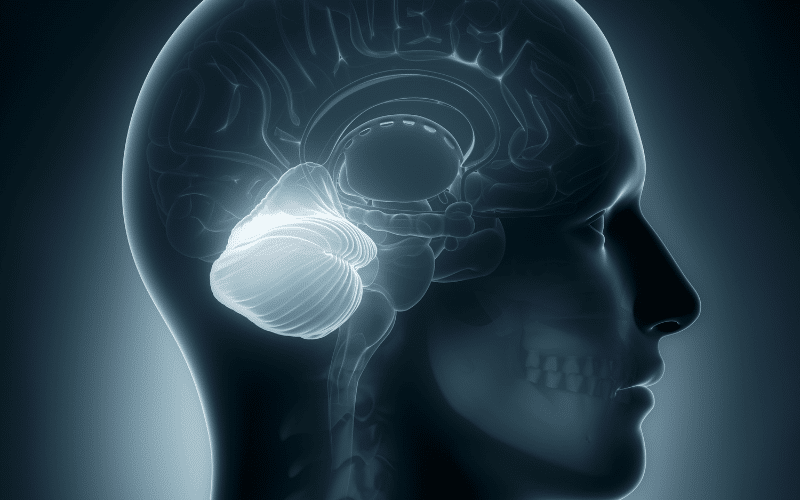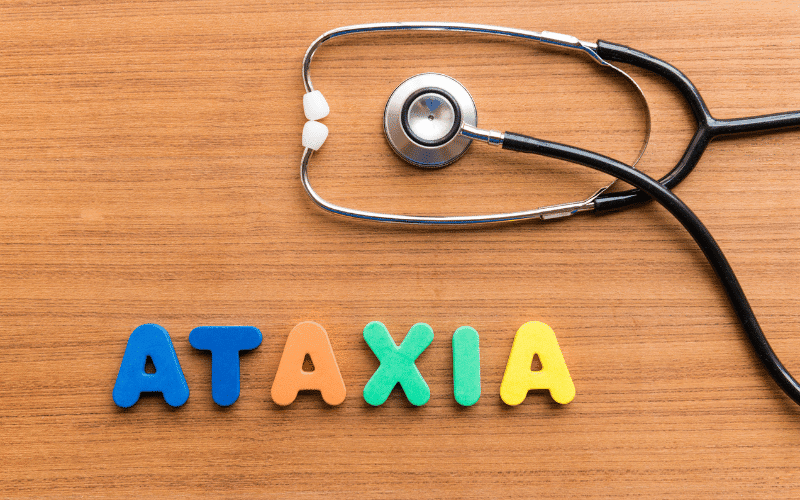Introduction: The Importance of Early Recognition

Early identification of SCA symptoms is a critical step in the journey towards effective disease management. This holds true whether you’re an individual potentially affected by the disorder, a caregiver, or a healthcare professional. A thorough understanding of the symptomatology can pave the way for prompt medical consultations, timely diagnostic processes, and initiation of suitable management strategies.
While the disorder exhibits significant variation in symptoms due to its genetic heterogeneity, a core group of 15 symptoms are commonly recognized in SCA patients. These symptoms act as vital signposts, guiding physicians and patients towards an accurate diagnosis. However, it is important to remember that the presence of one or more symptoms does not confirm SCA. A clinical evaluation and appropriate genetic testing are indispensable for a definitive diagnosis.
Our in-depth exploration of these symptoms aims to enlighten readers about their distinct characteristics, their potential impact, and their role in the overall clinical presentation of SCA. Armed with this knowledge, individuals and families can approach potential SCA scenarios with informed, proactive attitudes.
Symptom 1: Uncoordinated Movement – The Signature Symptom

Ataxia, or uncoordinated movement, is one of the earliest and most noticeable symptoms of spinocerebellar ataxia. When the cerebellum — the region of the brain responsible for orchestrating precise, directed movements — starts to degrade, the body’s coordination significantly diminishes.
Ataxia often manifests as a sense of clumsiness. Everyday activities such as tying shoelaces, buttoning a shirt, or even simply gripping a coffee mug can become surprisingly difficult. Patients often find they’re unable to perform these tasks with their usual dexterity, which can be frustrating and disheartening.
Moreover, the impairment in balance and gait associated with ataxia can make walking unassisted a challenge. Individuals with SCA may stagger when they walk or have difficulty standing upright, making them prone to stumbles and falls. These difficulties might necessitate the use of mobility aids like canes or wheelchairs over time.
Furthermore, the lack of coordination may not be limited to the limbs. Eye movements can also become unsteady, leading to problems with tracking moving objects or focusing on stationary ones. This can add to the complexity of the day-to-day challenges faced by people with SCA.
It’s important to note, however, that while ataxia is a prominent symptom, its presence alone doesn’t definitively indicate SCA. Medical consultation and genetic testing are crucial for a conclusive diagnosis. (1)